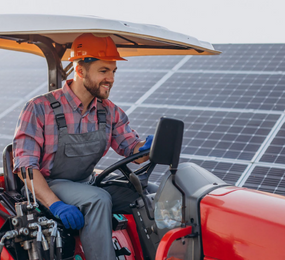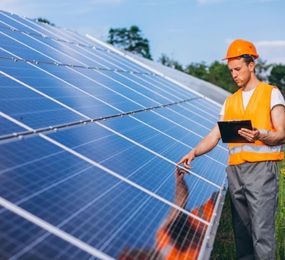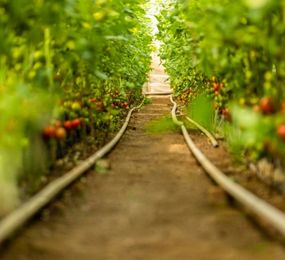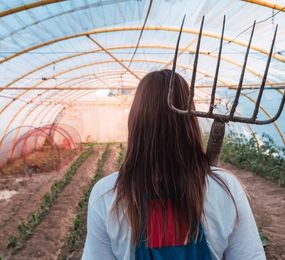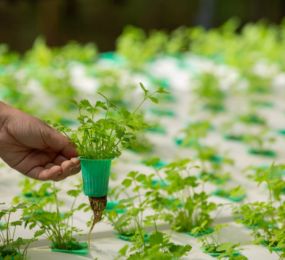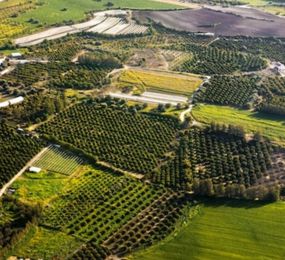As the demand for sustainable farming and renewable energy solutions increases, agrivoltaics—the practice of combining solar power generation with agricultural production—has emerged as a transformative approach to address the challenges of food security, climate change, and energy sustainability.
Agrivoltaics is rapidly becoming a cornerstone of sustainable agriculture, enabling farmers to benefit from renewable energy production while maintaining or even improving crop yields. This dual-use concept not only reduces the carbon footprint of farming but also creates a pathway for energy independence in rural areas.
However, the adoption of agrivoltaics still faces challenges, including cost barriers, integration complexities, and the need for tailored solutions for different agricultural landscapes. Innovations in technology and structural designs are addressing these challenges, opening up new opportunities for scalability and efficiency.
Innovative Agrivoltaic Technologies
Recent technological advancements are enhancing the functionality and feasibility of agrivoltaic systems.
- Dynamic Solar Panels:
Unlike traditional fixed solar panels, dynamic panels can adjust their angle and orientation throughout the day. These systems maximize sunlight exposure for crops and solar energy production simultaneously, enhancing overall efficiency.
- Semi-Transparent Panels:
Semi-transparent photovoltaic panels allow a portion of sunlight to pass through, creating optimal light conditions for shade-tolerant crops while generating electricity. This innovation ensures a harmonious balance between crop growth and energy production.
- Advanced Monitoring Systems:
Agrivoltaic systems now integrate IoT-enabled monitoring tools that provide real-time data on crop health, soil conditions, and solar energy output. These systems allow farmers to make data-driven decisions, optimizing productivity and sustainability.
Case Studies of Successful Agrivoltaic Adoption
- Japan: Tea Plantations and Solar Panels
In Japan, tea plantations have integrated agrivoltaic systems using semi-transparent panels. These systems create an ideal balance of shade and light for tea plants, resulting in higher yields and reduced environmental impact.
- India: Agrivoltaics for Water Conservation
In India, agrivoltaics projects have focused on reducing water evaporation in arid areas. Elevated panels shade crops while minimizing water loss, addressing critical water scarcity issues.
Accelerating Agrivoltaics Adoption
To accelerate the global adoption of agrivoltaics, several measures need to be prioritized:
- Collaborative Research: Partnerships between academic institutions, energy companies, and agricultural stakeholders can drive further innovation and practical solutions.
- Educational Programs: Training programs can help farmers understand the benefits of agrivoltaics and equip them with the skills needed for implementation.
The Future of Agrivoltaics
Agrivoltaics represents a paradigm shift in how we approach agriculture and energy production. By merging these two essential sectors, agrivoltaics offers a pathway to a more sustainable, resilient, and climate-smart future. Innovations in technology and structural solutions are breaking down barriers, making it easier than ever for farmers and stakeholders to embrace this transformative approach.
As the world moves toward a greener future, agrivoltaics stands out as a beacon of innovation and sustainability, proving that it is possible to meet the demands of both food production and clean energy.
Don’t miss this opportunity to lead the way in agrivoltaics innovation.
Register today and join us in advancing the future of renewable energy and agriculture: https://bit.ly/3DU2FI2.
For more information and group participation, contact us: [email protected]


